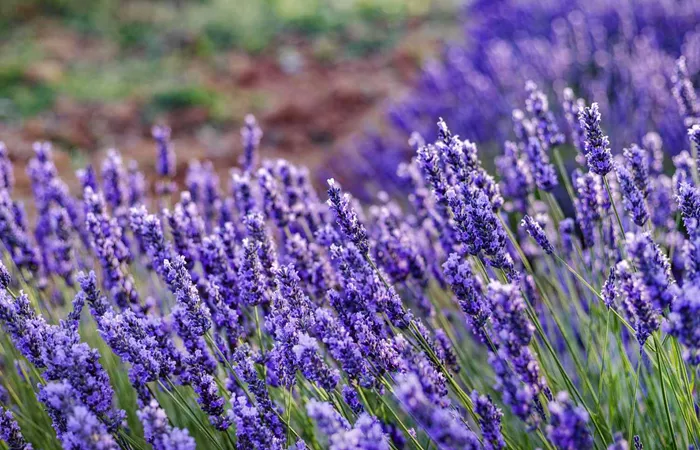Clay soil poses challenges for gardeners because it drains slowly and compacts easily. This can cause root rot and fungal diseases in plants. While some plants can handle these wet, dense conditions, many cannot and may die. Gardening experts have identified 10 plants that should never be grown in clay soil to help gardeners save time and money.
1. Lavender
Lavender prefers rocky, well-draining soil like that found in the Mediterranean. In clay soil, water pools around its roots, causing oxygen deprivation and fungal infections. This leads to root rot, yellow leaves, and plant collapse, especially after wet winters. Pruning cannot save lavender drowned in clay.
2.Beardtongue
Beardtongue thrives in dry, rocky soil with good air circulation. Clay soil traps water at the stem base, causing crown and root rot. This results in stems collapsing and yellowing leaves. Even strong penstemon varieties cannot survive prolonged soggy conditions.
3.Peony
Peonies grow best in well-drained, loamy soil enriched with compost. Clay soil holds too much moisture, leading to waterlogged roots, poor growth, or rot. These perennials struggle to thrive in heavy clay environments.
4.Tulips
Tulip bulbs rot in clay soil because it traps moisture during winter and spring. For healthy tulips, light, well-drained soil with a neutral to slightly alkaline pH is ideal.
5. Clematis
Clematis vines are vulnerable to root rot in damp, heavy clay soil. They prefer well-drained, rich, slightly alkaline soil that retains moisture without becoming waterlogged.
6.Hostas
Hostas dislike constantly soggy soil. Clay’s poor drainage causes their roots to rot. They grow best in rich, well-draining, slightly acidic or neutral soil.
7.Azaleas
Azaleas need moist but well-drained soil. Clay’s dense structure prevents roots from spreading and holds too much water, causing root rot. Healthy azaleas grow in acidic, organic-rich soil with good aeration.
8.Russian Sage
Russian sage requires gritty, fast-draining soil. In compacted clay, moisture lingers at the plant’s base, causing crown rot and weak stems. Even hardy varieties struggle as roots suffocate.
9.Blanket Flower
Blanket flower has a deep taproot adapted to prairies and sandy soils. Clay soil blocks root penetration and traps water around the crown, suffocating roots and causing poor flowers and foliage decline.
10.Prairie Zinnia
Prairie zinnia thrives in dry, sandy plains. In clay, roots lack oxygen, causing yellow leaves, stunted growth, and failure to bloom. Without quick drainage, the plant becomes weak and leggy.
Gardeners should avoid planting these species in clay soil to prevent plant loss and ensure a healthier garden. Choosing plants suited to your soil type is key to successful gardening.


